August 21, 2024
What Leadership Needs to Know about Changing Organizational Culture
Say you have a manufacturing location with problems — three plant managers in two years, unusual variation in quality and/or safety, seemingly unpredictable swings in productivity. The options senior leadership considers may be to sell it, give it a defined period to show or go, or take on the task of rehabilitation.
Leadership may wonder whether this is essentially a culture problem or whether poor performance itself creates what looks like one. And, if it is the culture that needs to change, what does that really mean? What murky business may be happening underneath that gets recognized as a “culture problem?”
And, if the main issue is the culture, what’s the right strategy to change it? Will it take five years? Who has five years?
To sort this out, here are important aspects of culture to know:
1. Changing the climate changes the culture. It might take five years to “change the culture,” but that’s irrelevant. Your leaders can change the climate almost immediately. Climate is what leaders are paying attention to and pushing right now. Hold the climate steady for six months, and the culture will start to change.
2. Frequent climate changes negatively affect culture. The problem is that, given leadership turnover, shifting markets and demands, and unexpected changes, the likely pattern is that the climate change will run its course in less than a year and then fade. This isn’t long enough to cause a lasting change in the culture. Then, after this happens a few times, you’ll have influenced the culture, but for the worse, not the better. You’ll have established the expectation that whatever leadership is pushing right now will change fairly quickly, so it doesn’t need to be taken seriously. This is a change in culture, but the opposite of what was needed and intended.
3. Clarify that “organizational culture” isn’t an academic question. Instead, it’s a practical one. The phrase has been kicked around for many years and has taken on different meanings. Some are more useful than others. A common meaning is “how we do things around here.” Another is “what we value.” When you visit a manufacturing location, you start learning about its culture almost immediately — the way you’re treated at the gate, the video you’re told to watch, the looks on the faces of the people you meet, how the first meeting is started, how people conduct and respond in the meeting, how people answer your questions as you tour the facility, what questions they ask you. Within a few hours, you start to have a feel for the place. Would you want your son or daughter to work there?
4. Examine culture via organizational functioning. The most useful way of understanding culture is “how things get done.” Operationally, this means things like communication (especially upward), level of support, trust in leadership, level of teamwork, and perception of justice.
5. Steer away from emphasizing how “leadership creates the culture.” This isn’t because the notion is false but because your leaders don’t understand it. It feels to them like blame, and maybe it is. It sounds like you think leaders are intentionally creating a poor culture, which must be false. A more accurate and useful way of putting it is that leadership decision-making has unintended consequences that show up as cultural issues.
6. Realize the unintended consequences of leadership decision-making. A good way to do this is to analyze decisions related to some seriously negative outcomes. Identify three examples of failed outcomes (related to quality, safety, personnel change, supply chain problem, etc.). Then, trace back and identify the decisions leaders made that led to the failing.
Take, for example, a recycling plant catastrophe in which three workers are killed following two explosions. The investigation shows that a used blade scraped the side of the vessel, causing a spark that caused the first explosion, which ignited combustible dust stored nearby and caused the second explosion. Ordered by time, the relevant failed decisions were: 1) A worker replaced a blade in the vessel with a used blade. For many organizations, the “cause” would be identified here, and the investigation would stop. The fix would focus on the employee whose behavior was the issue. Looking further would show that: 2) A decision made by supervision to replace worn blades with used blades was common, happened frequently, and didn’t usually cause problems. Supervision knew this was a common practice. Also, 3) Decisions by management to accept storage of combustible material in proximity of the mixing vessel contributed to the accident.
7. Explore whether analysis suggests a culture issue. Determine whether behavior that leads to sub-optimal operation has become part of the culture. The technical term for this is “normalization of deviance.” If poor upward communication and low support are culprits, both are measurable cultural factors. This pattern was found at NASA after the Columbia Space Shuttle tragedy and is often found in relation to negative outcomes. The central point here is that leadership tended to blame the employee when, in actuality, it was leadership decision-making that created the culture factors that caused the event.
Whatever else is going on at a location, knowing how these critical aspects of culture are seen and operationalized will tell you the majority of what you need to know about the culture of the organization.
This article was originally published in LeadershipNow on August 5, 2024.
To explore organizational culture in greater depth, you can read Tom Krause’s book If Your Culture Could Talk: A Story About Culture Change.


